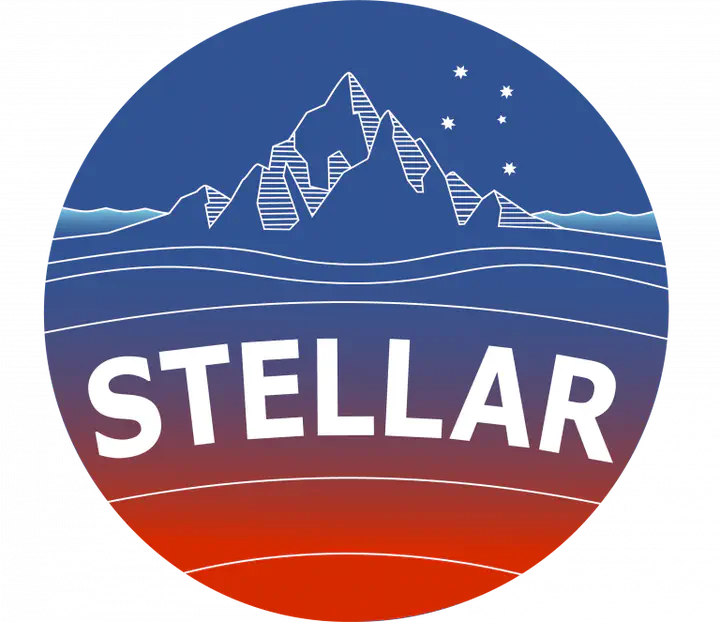STELLAR

Project STELLAR (Spatio TEmporaL expLorAtion for Resources) is a collaboration between BHP and the EarthByte Group aimed at implementing big and complex spatio-temporal data analysis and modelling to support the needs of BHP in global resource exploration. Split into multiple phases over the next 3.5 years, the project will connect BHP’s warehouse of global resource knowledge with the EarthByte Group’s expertise in tectonic, geodynamic and surface process modelling. STELLAR is structured into four programs, (1) Plate Tectonics and Geodynamics, led by ARC DECRA Fellow Dr Sabin Zahirovic, (2) Paleogeography, led by Dr Maria Seton, (3) Surface Processes and Stratigraphy, led by Dr Tristan Salles and (4) Spatio-Temporal Data Mining, led by Prof Dietmar Müller. Together with technical leaders from BHP the team will integrate geodata through geological time, couple plate reconstructions with geodynamic models, construct dynamic paleo-elevation models, design adaptable landscape evolution models and provide key inputs for spatio-temporal data analysis for global resource exploration towards a low-emissions economy. The project includes funding for four research fellows and other personnel including a software developer, PhD students and several research assistants, boosting research capacity in geology and geophysics at the University of Sydney.
Regional and global geoscience data sets and model outputs will be aggregated, building a large-scale tailored data collection for use in resource exploration. The data and models will be designed specifically for co-registration, a key concept to enable reconstruction and joint analysis through time, in a plate tectonic context. The tectonic models will include large-scale lithospheric stretching and shortening and be connected to geodynamic simulations of the Earth’s deep mantle. The coupled plate-mantle models will map the tectonic context of resource provinces through time and their passage over different mantle domains, providing information about mantle convection-driven dynamic topography, surface uplift and subsidence. Landscape evolution models will incorporate paleogeography, Earth’s geodynamic evolution and climate change, capturing time-dependent changes in erosion and sedimentation, including clastics and carbonates, focused on key regions and time intervals. For enhancing the system’s capability for global resource exploration, a training data platform will be developed to identify alternative training data sets for data-driven exploration, while tectonic adjacency associations analysis will form the core of spatio-temporal data mining.